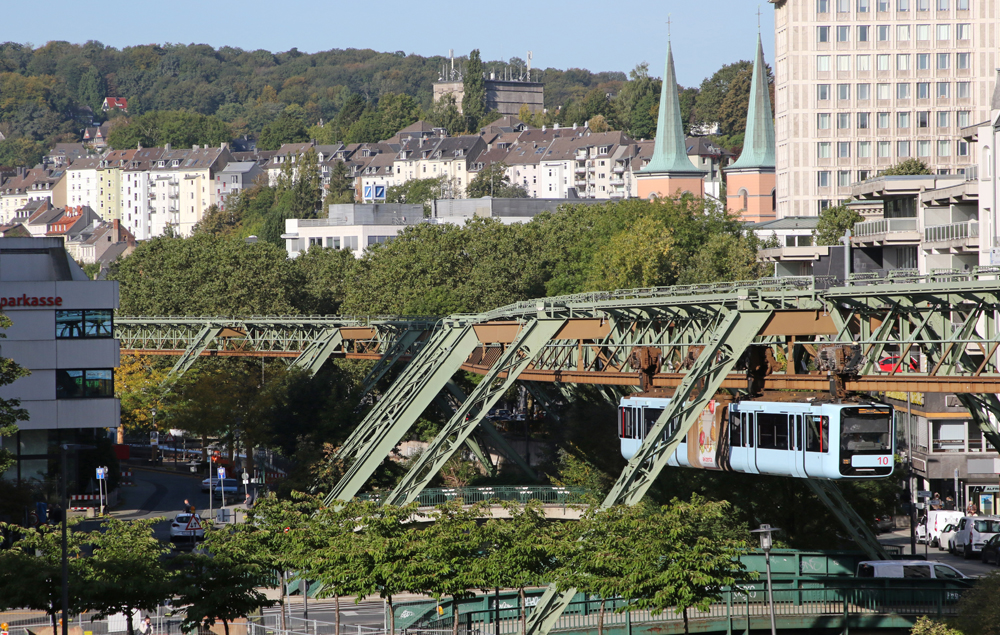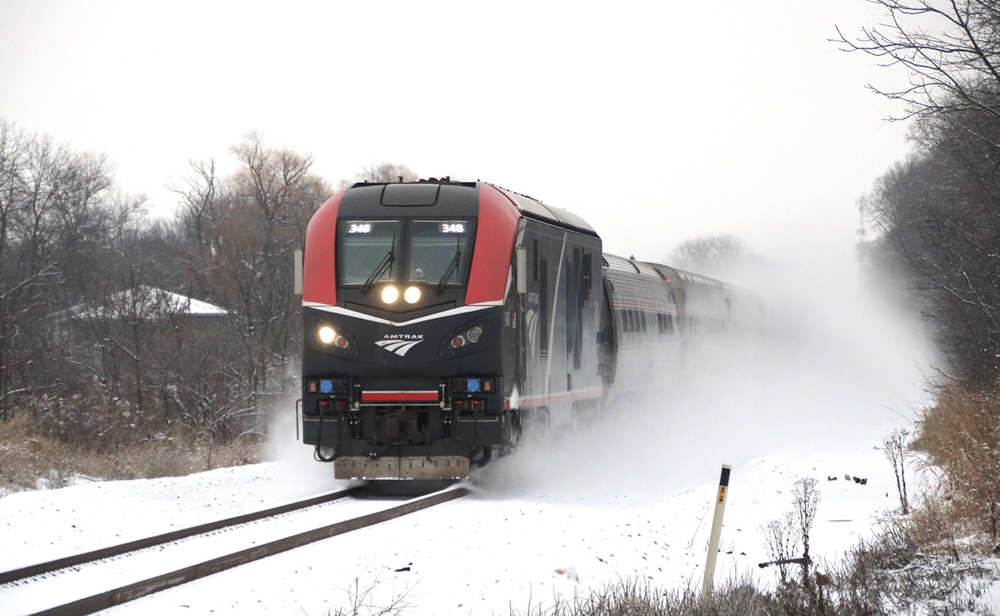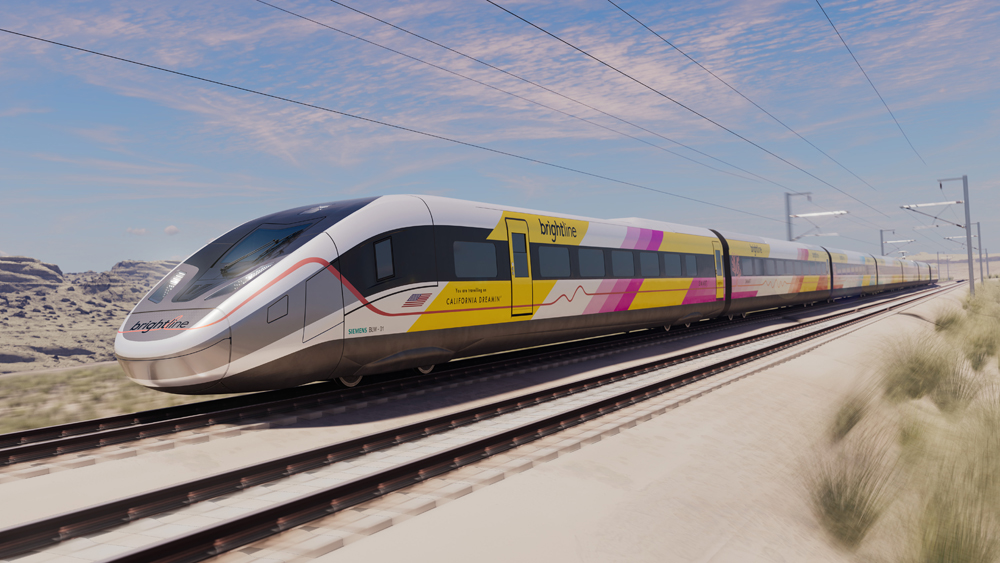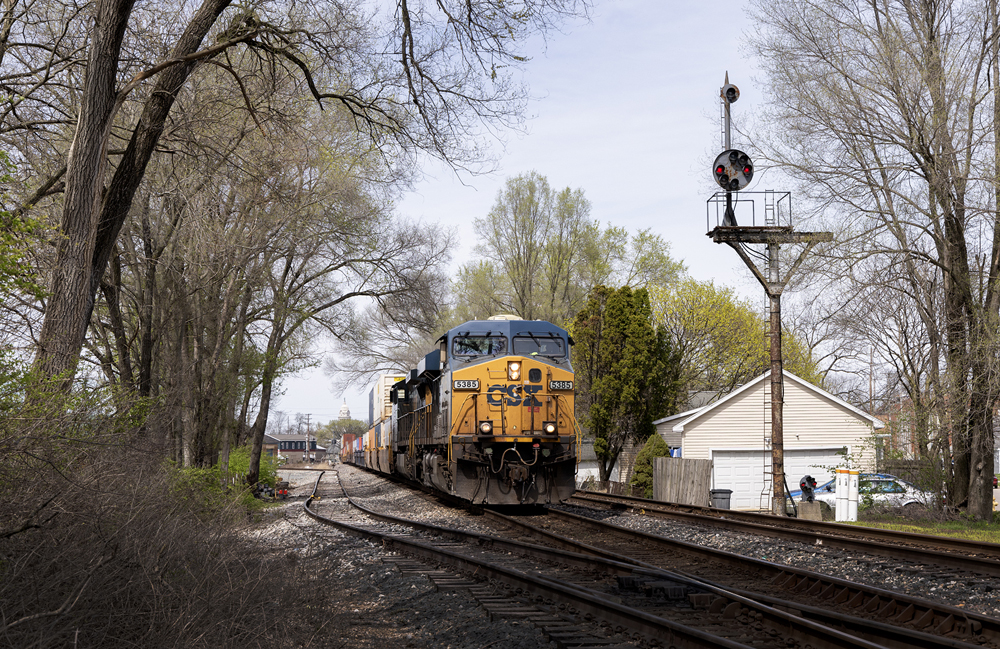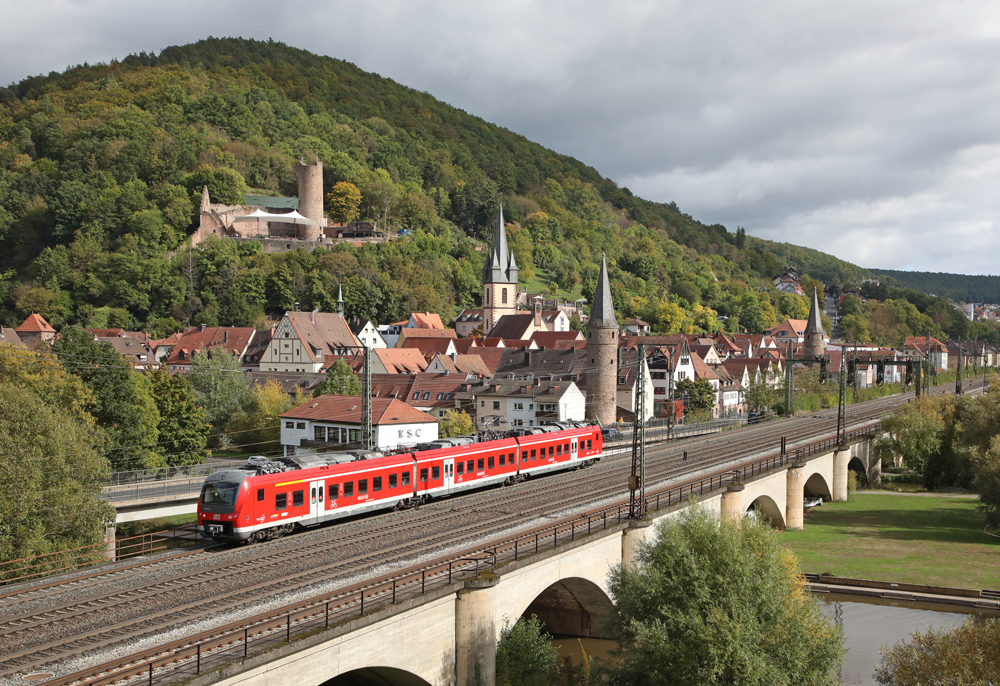
The German government has launched a new nationwide travel pass good for use on almost all trains, as well subways, light rail lines, and almost all buses.
The new ticket, effective May 1, is called the “Deutschland Ticket, and costs costs 49 euros ($54) a month. It is seen as a permanent successor to the temporary “9 Euro” national ticket sold between June and August last year [see “In response to high gas prices, rail tickets are discounted …,” Trains News Wire, June 24, 2022].
That promotion saw 52 million tickets sold and record passenger numbers on some rail routes. It was popular with the public and therefore politicians across the board supported it, too, with German Chancellor Olaf Scholz calling it “one of the best ideas” by his government. However, the financial and operational impact would have made a successor priced at similar levels very expensive.
The new ticket is valid for a month on almost every train, except the fastest ‘Intercity/Eurocity’ or ICE high speed trains operated by German national operator DB. Other commercial long-distance trains run by Flixbus and overnight sleeper trains run by various companies are also excluded, but in eastern Germany most of the narrow-gauge steam railways are included — as they are operated either by state-owned companies or supported with subsidies. Light rail, subways (U-Bahn) and almost every bus are also included at no extra cost.
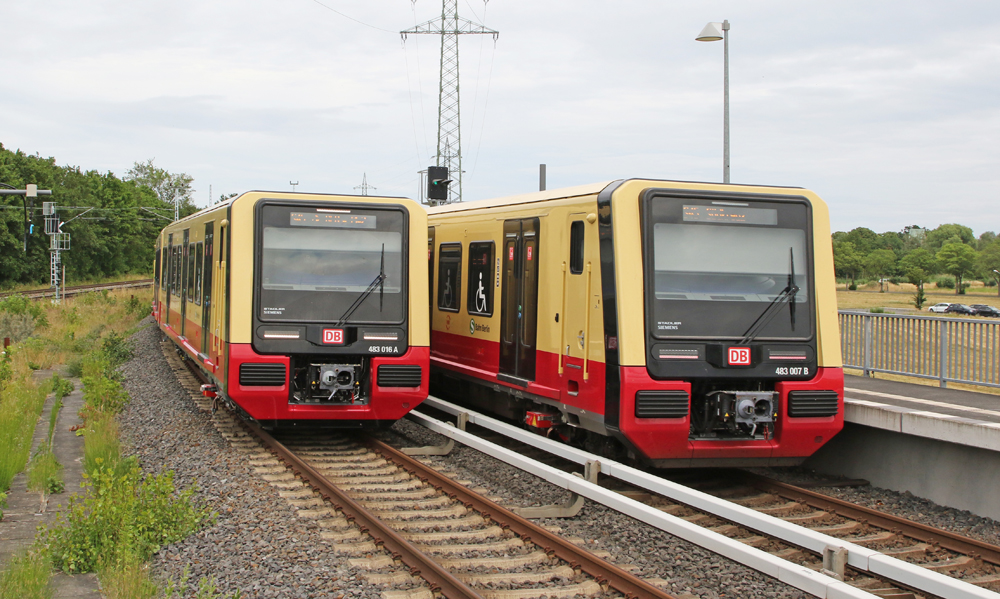
While the new ticket is priced at €49, not €9, it still represents a huge discount for most travellers. Day transit passes for a single German state currently cost nearly as much, and many season tickets, which the new ticket will largely replace, cost hundreds of euros each month. For many passengers using the ticket to commute to work, the cost may be reduced further, as employers may choose to fund 25% of the cost tax free.
Unlike last year’s promotional ticket, which could be bought onboard buses and light rail and from station ticket vending machines, the new version is lot harder to buy. It is being sold mainly on a monthly subscription basis – as that is how most German season tickets worked previously. The ticket is being sold by multiple rail companies and regional transit authorities; you pay a month at a time and can cancel the next month, so while you sign up for an ongoing deal, you can actually use it for a month or two and then just cancel. Alternatively, national rail company DB will sell an annual version at its main stations, but this will cost €588 and cannot be cancelled for a partial refund.
For less regular travellers and foreign visitors, the ticket is harder to buy than the previous €9 euro ticket, as most agencies selling it require a direct debit to a German or European Union checking account. However for international visitors there is a solution: the transit agency in Hamburg is offering sales via its “HVV-Switch” app on a monthly payment basis using credit cards. The app is available in English; details are available here. Purchasers using the Hamburg app don’t actually need to be in or even visit Hamburg! The ticket is valid per calendar month, so any visit straddling two months might need two tickets.
Government provides extra funding
The new ticket is expected to require €3 billion ($3.3 billion) in government funding, on top of existing operating subsidies and funding of around €11 billion ($ 12 billion) provided annually by federal and state governments. In late March, the German parliament agreed to financial details for the new ticket, with €1.5 billion of additional federal funding to cover half the likely increased costs and revenue lost for each of the first two years; the country’s 16 Federal states must match this and cover the other half. This arrangement only covers the first two years. From 2025 financing will be based upon experience gained from use of the ticket in 2023.
The new ticket is not without controversy. Some rail and transit industry managers and advocates worry it will significantly reduce income from passenger fares, which will lead to service cuts and significant price increases for anyone buying a regular ticket. In part, this is already happening, as many German transit authorities are increasing other ticket prices by 5% or more this year to cover major increases in energy costs since Russia invaded Ukraine, plus increased labor costs. These may increase further as rail unions are currently seeking higher pay in disputes with many German rail companies.
